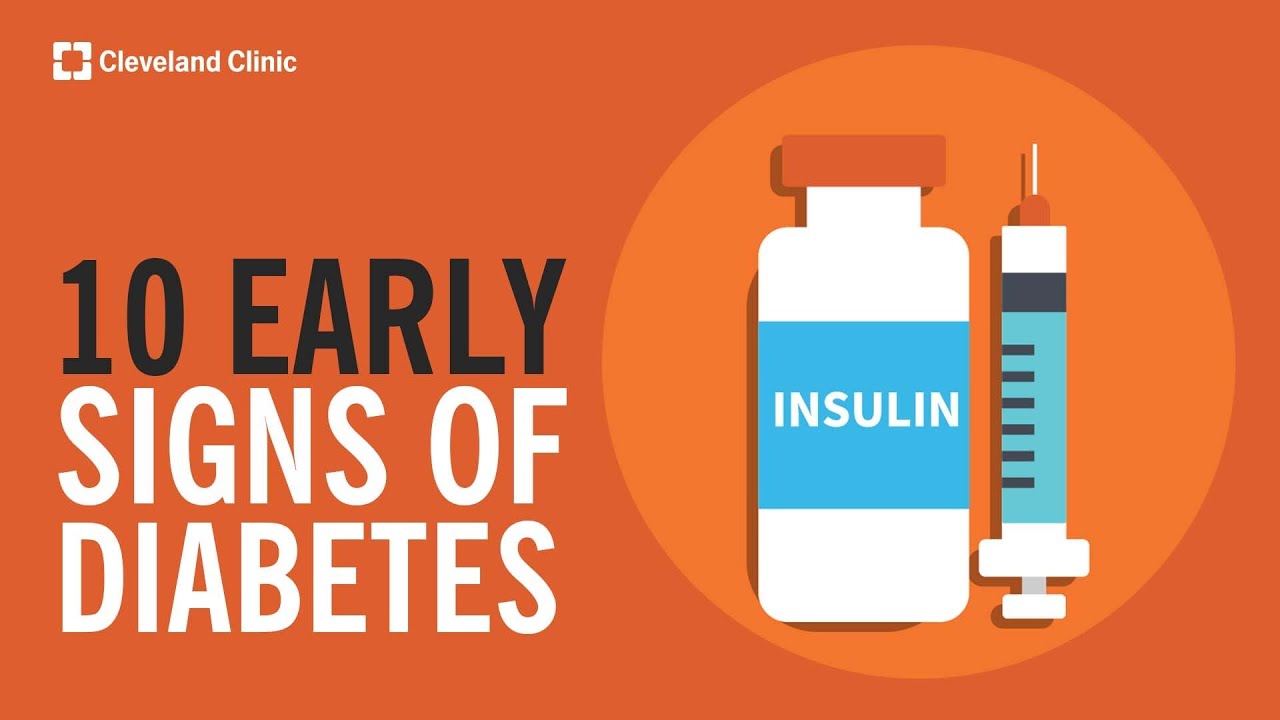Pentoxifylline reduces proteinuria with chronic kidney disease
Reuters Health • The Doctor's Channel Daily Newscast
In the first study, Dr. Brendan B. McCormick, from The Ottawa Hospital in Ontario, Canada, and colleagues conducted a systematic review and meta-analysis of trial data to gauge the impact of pentoxifylline on proteinuria with diabetic kidney disease. Included in the analysis were 10 studies with a total of 476 subjects and median duration of 6 months.
Relative to placebo or usual care, treatment with pentoxifylline cut urine protein levels by 278 mg/day on average. The reduction was on par with that seen with captopril, the authors found.
Further analysis showed that only patients with overt proteinuria (>300 mg/day), not those with microalbuminuria, experienced a significant reduction in urine protein levels (p = 0.001).
Treatment with pentoxifylline did not significantly affect blood pressure or the glomerular filtration rate, the report indicates.
“Our review suggests that pentoxifylline may be an efficacious anti-proteinuric agent in patients with diabetic nephropathy. Adequately powered and methodologically rigorous trials of sufficient duration are required to determine whether pentoxifylline can impact on such clinically important outcomes as the time to needling dialysis therapy in patients with diabetic kidney disease,” Dr. McCormick’s team concludes.
The second study, conducted by Dr. Tun-Jun Tsai and colleagues, from National Taiwan University Hospital in Taipei, involved 56 patients with chronic kidney disease, usually due to diabetes or some form of glomerulonephritis, who were randomized to receive or not receive pentoxifylline for 12 months (first stage) before receiving the drug for 6 months (second stage).
The subjects had an estimated glomerular filtration rate of 10 to 60 mL/min/1.73 m² and had proteinuria with protein > 500 mg/g of creatinine. All of the subjects had been receiving losartan 100 mg/day for longer than 6 months.
During the first stage, median proteinuria fell by 23.9% in the pentoxifylline group, but increased by 13.8% in the control group (p < 0.001). The drop in proteinuria correlated with changes in urinary tumor necrosis factor alpha and monocyte chemoattractant protein 1 excretion.
During the second stage, treatment with pentoxifylline significantly reduced proteinuria in the group that had not received the drug during the first stage.
“Pentoxifylline added to losartan therapy for 1 year decreased proteinuria in patients with chronic kidney disease stages 3 to 5. A large-scale clinical trial is necessary to confirm this result,” Dr. Tsai’s team concludes.
Reference:
Am J Kidney Dis 2008;52:454-474.








